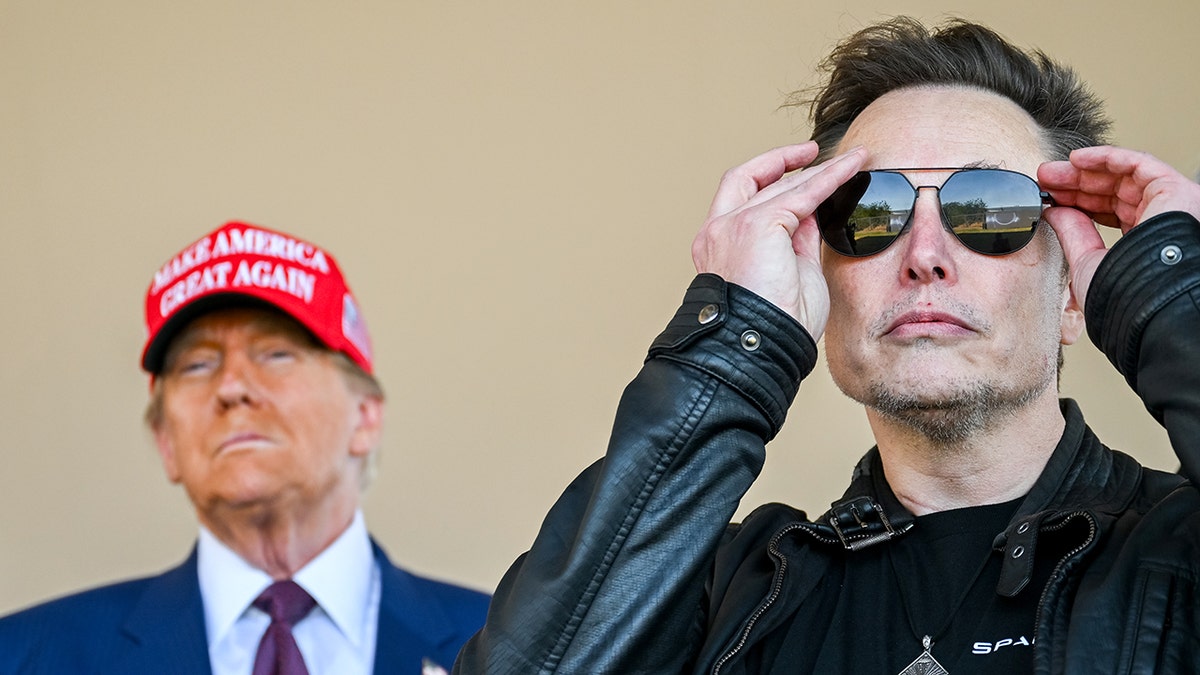Trump's $92 Million Military Parade on July 4th Sparks Controversy

About the People Mentioned
Donald Trump
Donald John Trump, born June 14, 1946, in Queens, New York, is an American businessman, media personality, and politician. He graduated from the University of Pennsylvania’s Wharton School in 1968 with a degree in economics. In 1971, he took over his family’s real estate business, renaming it the Trump Organization, through which he expanded into building and managing skyscrapers, hotels, casinos, and golf courses. Trump gained widespread fame as the host of the reality TV show *The Apprentice* from 2004 to 2015, which helped establish his public persona as a successful entrepreneur. Trump entered politics as a Republican and was elected the 45th president of the United States, serving from 2017 to 2021. His presidency was marked by significant policy actions including tax cuts, deregulation, the appointment of three Supreme Court justices, renegotiation of trade agreements (notably replacing NAFTA with the USMCA), and a focus on immigration control including border wall expansion. He withdrew the U.S. from international agreements such as the Paris Climate Accord and the Iran nuclear deal, and engaged in a trade war with China. His administration’s response to the COVID-19 pandemic was criticized for downplaying the virus’s severity. Trump was impeached twice by the House of Representatives—first in 2019 for abuse of power and obstruction, and again in 2021 for incitement of insurrection—but was acquitted by the Senate both times. After losing the 2020 election to Joe Biden, Trump challenged the results, culminating in the January 6, 2021, Capitol riot. He remains a central figure in American politics, having won the 2024 presidential election and returned as the 47th president in 2025, continuing to promote policies aimed at economic growth, border security, and military strength[1][2][3][4].
About the Organizations Mentioned
Army
The United States Army is a vital branch of the U.S. military, renowned for its diverse roles in defense, peacekeeping, and humanitarian missions. Established on June 14, 1775, the Army has a rich history of evolution, adapting to technological advancements and changing global landscapes. **What the Organization Does:** The Army's primary mission is to protect the United States and its interests by land, using a combination of infantry, armor, artillery, and aviation units. It is also involved in disaster relief, peacekeeping, and supporting allies. **History:** Throughout its history, the Army has played pivotal roles in major conflicts, including the Revolutionary War, World War I, World War II, the Korean War, Vietnam War, and recent operations in Iraq and Afghanistan. The Army has continuously modernized its tactics and technology to remain effective. **Key Achievements:** - **Technological Advancements:** The Army has been at the forefront of technological innovation, from the development of armored vehicles to the integration of drones and advanced communication systems. - **Global Engagement:** The Army has been instrumental in international peacekeeping and humanitarian missions, demonstrating its ability to adapt to diverse environments. **Current Status:** In 2025, the Army is undergoing significant transformation under the **Army Transformation Initiative (ATI)**. This initiative aims to streamline force structures, modernize capabilities, and enhance readiness. Key reforms include merging commands like AFC and TRADOC, realigning forces strategically, and divesting outdated systems to focus on multi-domain operations[1][2][6]. **Notable Aspects:** - **Modernization Strategy:** The Army is focusing on becoming a multi-domain capable force by 2035, investing in technologies like AI, cyber warfare, and advanced logistics[5]. - **Innovative Organization:** The Army's organizational structure is evolving to be more agile and responsive, with initiatives like the AimPoint Force Structure Initiative to enhance flexibility[8]. As a leader








